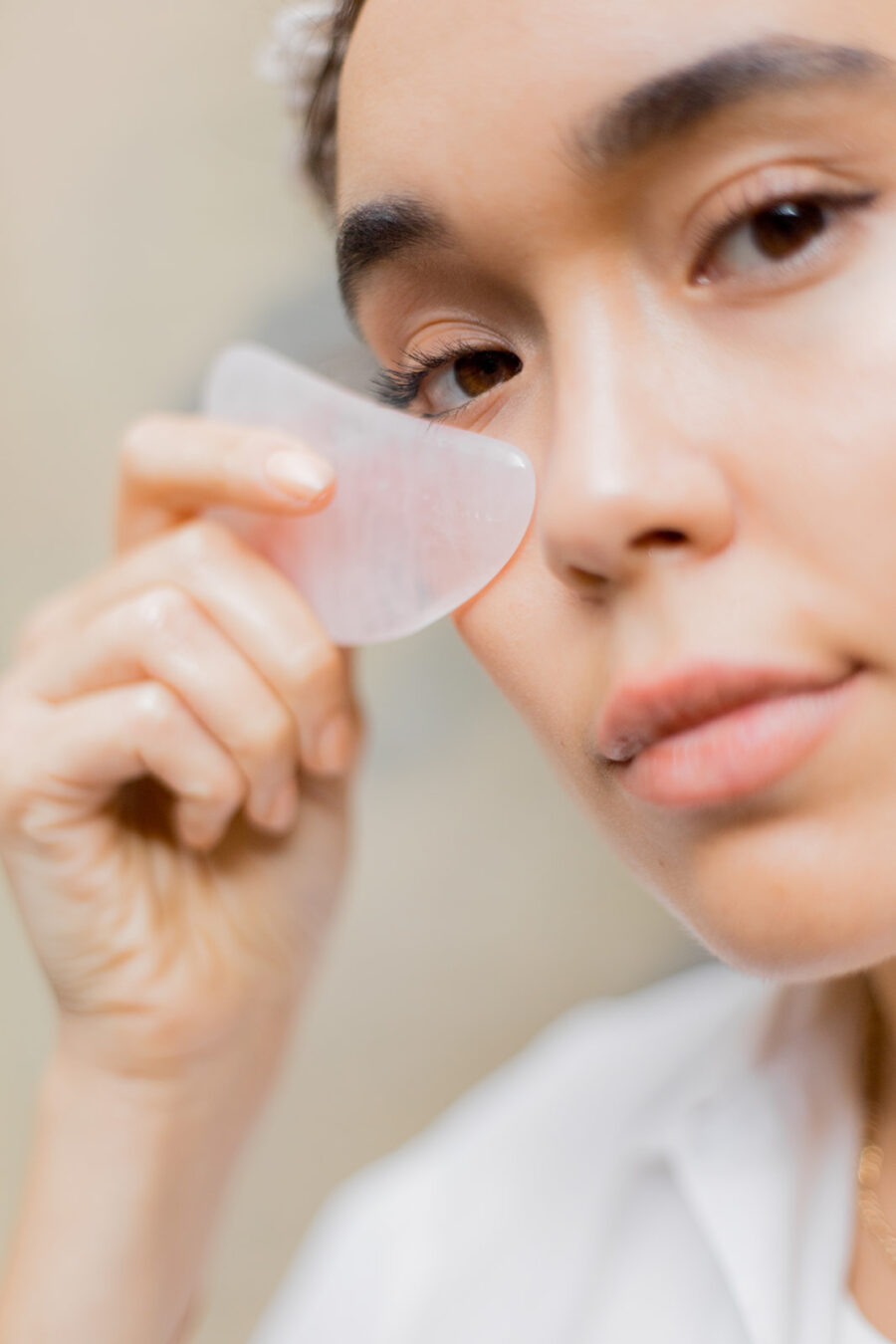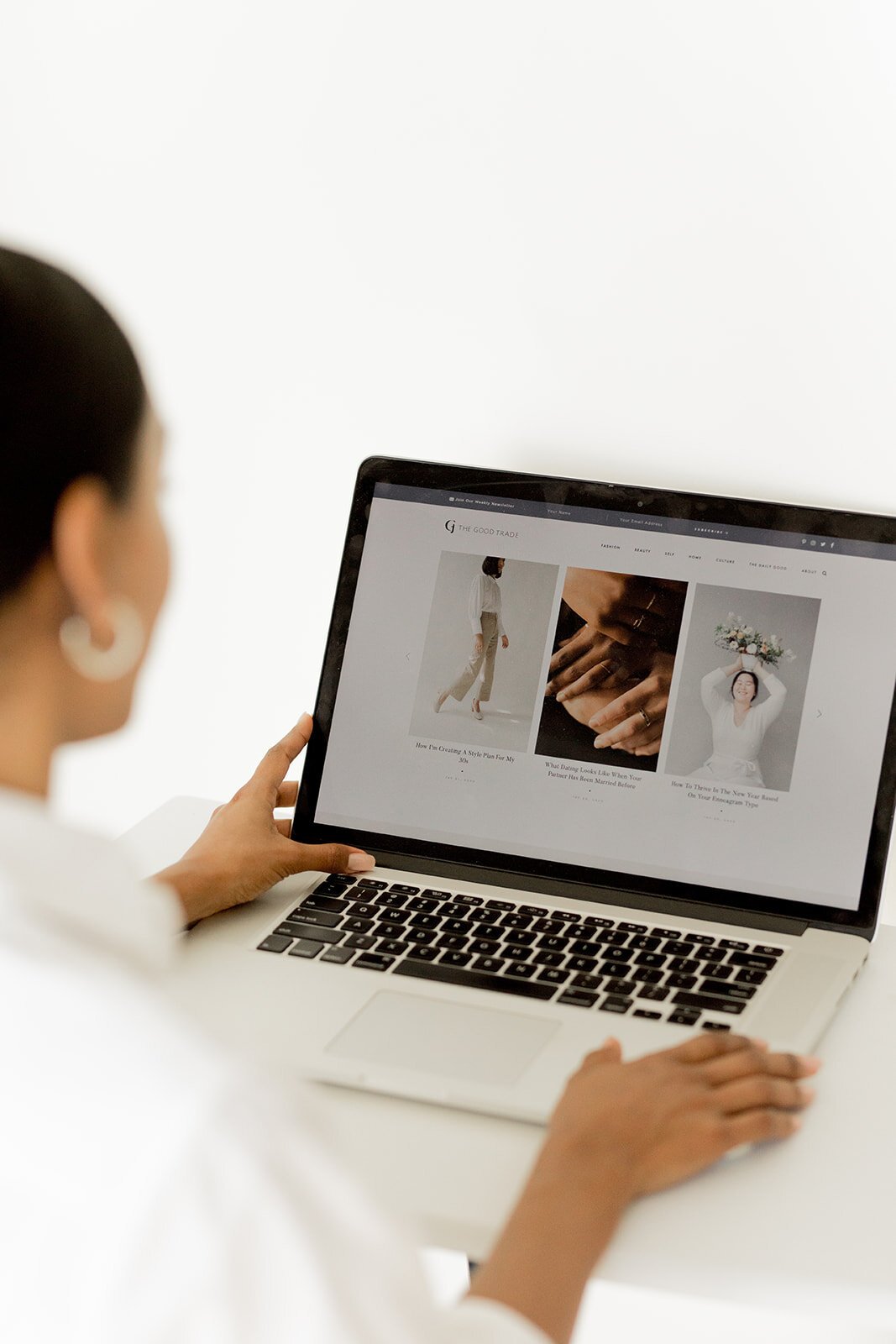
What Is De-Influencing, And Is It More Than A Trend?
Everywhere I turn on social media, someone is trying to sell me something. Last summer, the ads convinced me that I absolutely had to have a pair of roller skates. When Dry January rolled around, it was hard to pass by promotions from almost every spirit-free alcohol brand before eventually snagging a bottle of my own.
When so many of these posts seem organic, it can be hard to differentiate between a real recommendation and an endorsement solely for monetary gain.
Sure, building my skating skills was already on my to-do list, but did I need to buy a pair when I did? Was I really ready to give them the use they deserved just because Instagram recommended them to me? The quickly-faded novelty of my bubblegum pink skates suggests that I wasn’t. And one sip of my rum-less rum was enough to remind me that not everything is as great as the ads make them out to be. Both now sit in their respective closets, untouched for quite some time and creating guilt and clutter.
On the pages of my favorite content creators, you’ll find a plethora of product recommendations by way of brand partnership posts or other sponsored content. A typical morning routine video is often incomplete without promo for featured skincare, or vitamin supplements, or other carefully-placed products. And when so many of these posts seem organic, it can be hard to differentiate between a real recommendation and an endorsement solely for monetary gain.
Started as hubs to connect with friends and family, social media platforms have grown into vibrant settings for relationship-building and knowledge-sharing, and at the same time, giant marketplaces to sell products through both traditional advertising and influencers.
Brands recognize the value of credibility and authenticity that influencers build with their audiences and have steadily shifted their resources to accommodate them as marketing tools. This year, influencer marketing is expected to be worth a whopping $21.1 billion. The only problem? Adding that level of financial motivation can result in less-than-authentic endorsement content.
Research shows that higher levels of advertising make us sadder.
Between the ads that appear after every few posts on our feeds and prevalent sponsored influencer content, the constant encouragement to consume online contributes to a culture of overconsumption. Trends come and go quicker than the seasons, and we’re enticed to participate with our wallets—lest we be left by the popular crowd—just to toss aside gently used belongings a short cycle later.
Folks are getting fed up with it, and rightfully so: research shows that higher levels of advertising make us sadder. After comparing life satisfaction data from 27 European countries, a team of University of Warwick researchers found that higher annual advertising spending was linked to less satisfied citizens a year or two down the line. After all, ads are meant to make you feel like you’re missing out if you don’t buy into whatever they’re selling. It can be especially exhausting comparing your belongings to those of influencers—who, by the way, receive said products for free and are then paid to promote them. This is just one of many reasons why creators have started producing de-influencing videos—and not a moment too soon.
What is de-influencing?
De-influencing is the antithesis of influencer product marketing, in which audiences are encouraged not to buy things. It aims to help consumers see through brands’ marketing ploys and curb overconsumption prompted by following the trends. Influencers have taken to social media to share their perspectives on the popularized concept.
Most viral takes tell followers not to buy certain products that don’t live up to their hype and, in turn, promote the creator’s own recommendations, which may be lesser known or less expensive.
Most viral takes tell followers not to buy certain products that don’t live up to their hype and, in turn, promote the creator’s own recommendations, which may be lesser known or less expensive. For example, @alyssastephanie took to TikTok to share her favorite lower-cost alternatives to popular beauty products, amassing almost a million likes.
In this way, de-influencing has prompted mainstream reflection on how products aren’t the best just because they’re popular. Other creators challenge whether some items are necessary purchases at all, exploring how social media has pushed us to consume continuously.
When we see certain products repeatedly, our associations with them grow stronger, and it can ultimately impact our decisions to consume. But just because we see ads or creator posts for something everywhere, it doesn’t mean the product is good or even a fan favorite: it mostly means that the brand paid to reach your screen. De-influencing points out that we can all consider these factors, including why we really want to make a purchase, before adding to our cart.
Regardless of its intention, de-influencing is still influencing.
Regardless of its intention, de-influencing is still influencing: persuading followers to align with values, in some cases accompanied by physical products. But it becomes a problem when its primary function fuels a never-ending pattern of unnecessary purchases and unrealistic expectations.
If nothing else, de-influencing reminds us of the role influencing—and social media in general—plays in making us discontent with what we have and inclined to buy more. It’s certainly been an extra push for me to reevaluate how I navigate these platforms and compare myself to those who are paid to make me want it all.
Nevertheless, there is an ever-expanding community of people, from creators and activists to everyday citizens, who have and will continue to push for more mindful and transparent consumption. As a content creator myself, my goal is to empower my peers to live eco-mindful lifestyles while only sharing about the sustainable products I truly love. I’d be remiss not to consider that I need resources to sustain myself, especially if I intend to dedicate even more time to creating for social impact. Still, figuring out where to draw the line on sponsored posts and reconciling these conflicting factors is a challenge.
Thoughtless promotion breeds thoughtless consumption.
What I do know is that thoughtless promotion breeds thoughtless consumption. Moving forward, I’m looking for more sparing and genuine influencer endorsements, supported not only by belief in specific products but knowledge of and alignment with brand values. For many of us, de-influencing is just the latest label for ongoing efforts. The terms may change, but the concept will remain the same as its supporting community grows: together, I know we can make our takeaways from de-influencing last.
Nia Shalise (she/her) is an eco-conscious content creator based in Boston. You can usually find her amplifying sustainable practices online while drinking tea, or coffee, or possibly both. Connect with her on Instagram!



